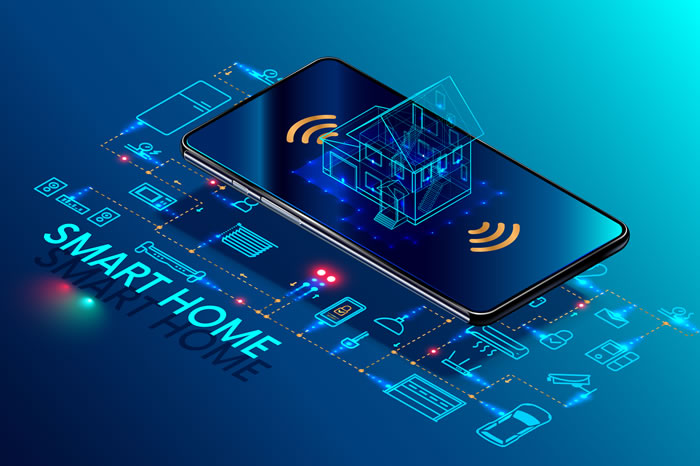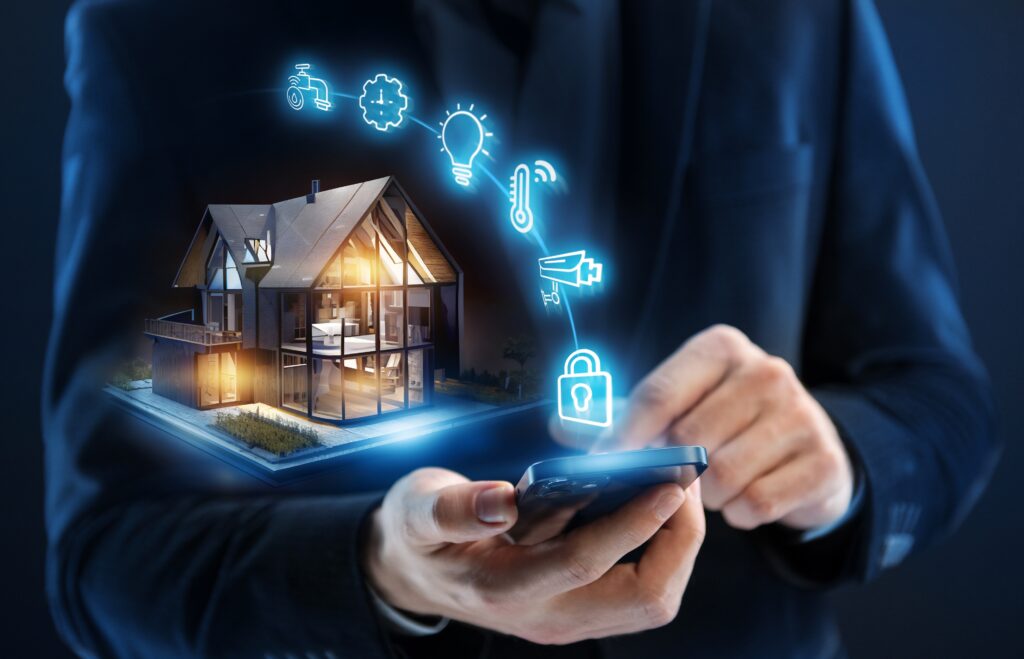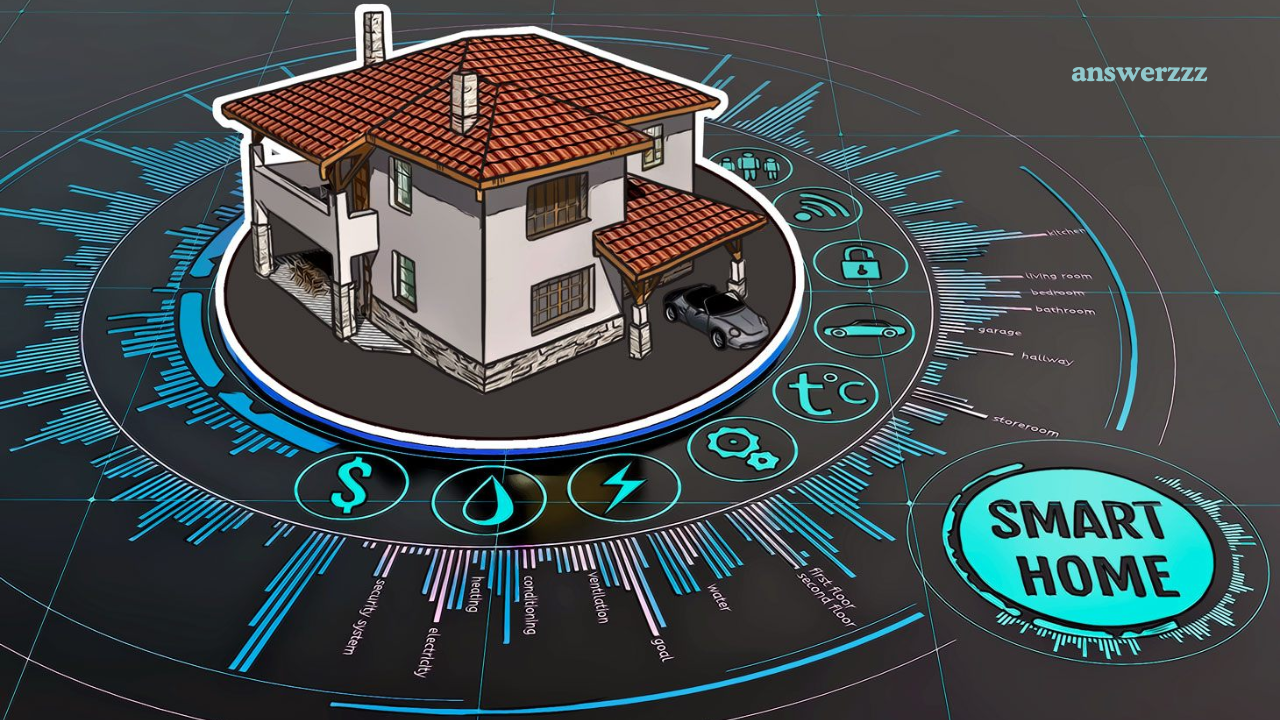In the era of advanced technology, smart homes have become more than just a futuristic concept—they are a part of our everyday lives. The appeal of a connected home lies in its convenience, energy efficiency, and ability to provide comfort at the touch of a button. But simply having a smart home isn’t enough; you need to know how to make the most of your devices to create a truly efficient environment. In this article, we’ll explore 10 smart home hacks that will help you optimize your connected space, save time, and enhance your overall experience.
1. Automate Your Lighting for Energy Efficiency
One of the simplest and most effective smart home hacks is to automate your lighting. Smart lighting systems, such as Philips Hue or LIFX, allow you to control your lights remotely via a smartphone app or voice assistant. Here’s how you can use this hack to create an efficient home:
- Set Schedules: Automate your lights to turn on and off based on your daily routine. For example, schedule them to turn off when you leave for work and turn on when you return home.
- Use Motion Sensors: Install motion sensors in areas like hallways and bathrooms. The lights will only turn on when someone is present, reducing unnecessary energy consumption.
- Adjust Brightness Based on Time of Day: Set your lights to dim in the evening for a calming atmosphere and brighten in the morning to help you wake up.
By automating your lighting, you can significantly cut down on energy usage and make your home more eco-friendly.
2. Optimize Your Thermostat Settings
A smart thermostat, like the Nest or Ecobee, can save you up to 10-15% on your energy bills by learning your schedule and adjusting the temperature accordingly. Here’s how to hack your thermostat for maximum efficiency:
Mastering the Metaverse: Tips for Navigating Virtual Worlds Safely
- Utilize Geofencing: Set up geofencing so that your thermostat adjusts based on your location. When you leave home, the temperature can automatically lower (in winter) or rise (in summer), saving energy.
- Create Custom Schedules: Program your thermostat to align with your routine. For example, set it to lower the temperature at night when you’re sleeping and raise it shortly before you wake up.
- Enable Smart Learning: Many smart thermostats come with a learning feature. After a few days of usage, they adapt to your preferences, making automatic adjustments to keep you comfortable and efficient.
3. Use Voice Assistants for Seamless Control
Voice assistants like Amazon Alexa, Google Assistant, and Apple’s Siri are the backbone of a smart home. They provide a hands-free way to control your devices and streamline your daily tasks. Here are some voice assistant hacks for a more efficient home:
- Create Routines: Set up custom routines that trigger multiple actions with a single command. For instance, saying “Good morning” could turn on your lights, start the coffee maker, and read you the news.
- Integrate Multiple Devices: Ensure that all your smart devices are connected to your voice assistant. This allows you to control everything from your lights and thermostat to your security cameras using voice commands.
- Enable Voice Shopping: If you use Amazon Alexa, enable voice shopping to quickly reorder household essentials without lifting a finger.
By leveraging voice commands, you can simplify your interactions with your smart home and save time throughout your day.
4. Enhance Security with Smart Cameras and Sensors
Security is a top priority for any homeowner, and smart devices can offer peace of mind without the need for costly professional systems. Here’s how to make the most of your smart security setup:

- Install Smart Cameras at Key Entry Points: Place cameras like the Ring Doorbell or Arlo Pro at your front and back doors to monitor activity. You can receive real-time notifications when motion is detected.
- Use Window and Door Sensors: Smart sensors can alert you if a window or door is opened unexpectedly. Integrate them with your home security system for added protection.
- Enable Alerts and Recordings: Set up your security cameras to send instant alerts and automatically record footage when they detect movement.
These hacks will help you stay informed about what’s happening around your home, even when you’re away.
5. Create Zones with Smart Plugs and Power Strips
Smart plugs and power strips are versatile tools that can help you manage your devices more efficiently. They allow you to control appliances remotely, set timers, and reduce standby power consumption. Here’s how to use them effectively:
- Group Devices into Zones: Create zones based on the rooms in your home. For example, use a smart plug for all the electronics in your living room. You can then turn everything off with a single command when you leave the room.
- Set Timers for Appliances: Use the timer function on smart plugs to automatically turn off devices like coffee makers or space heaters after a certain period.
- Monitor Energy Usage: Some smart plugs offer energy monitoring features. Use these insights to identify power-hungry devices and adjust your usage patterns.
By organizing your devices into zones, you can streamline control and cut down on unnecessary power usage.
6. Maximize Wi-Fi Coverage with a Mesh Network
A connected home relies heavily on a strong and reliable Wi-Fi connection. If you have dead spots or inconsistent coverage, consider upgrading to a mesh Wi-Fi system. Here’s why it’s a game-changer:
- Seamless Coverage: Mesh networks, such as Google Nest Wi-Fi or Eero, provide consistent coverage throughout your home by using multiple access points.
- Automatic Bandwidth Allocation: Mesh systems can automatically allocate bandwidth to devices that need it most, ensuring a smooth experience for streaming and gaming.
- Easy Expansion: If you move into a larger home or add new smart devices, simply add more nodes to extend your coverage without compromising speed.
With better Wi-Fi coverage, your smart devices will work more reliably, enhancing the overall efficiency of your connected home.
7. Integrate Smart Sensors for Enhanced Automation
Smart sensors can take your home automation to the next level by detecting changes in your environment and triggering actions based on them. Here’s how you can use them:
- Temperature and Humidity Sensors: Use these sensors to monitor your home’s climate. Integrate them with your smart thermostat to adjust the temperature based on real-time data.
- Light Sensors: Install light sensors to automatically adjust your lighting based on natural light levels. This can help reduce energy usage during the day.
- Water Leak Sensors: Place water leak sensors near appliances like the washing machine or water heater. If a leak is detected, you’ll receive an instant alert, allowing you to address the issue before it becomes a major problem.
Smart sensors add an extra layer of automation and can help you proactively manage your home’s environment.
8. Leverage IFTTT for Custom Automation
IFTTT (If This Then That) is a powerful tool that allows you to create custom automation between different smart devices and services. Here’s how you can use it to enhance your connected home:

- Create Applets for Personalized Actions: Use IFTTT applets to link your devices. For example, you could set up an applet to turn off your lights and lock your doors when you leave the house.
- Automate Social Media Notifications: Connect your smart home devices to social media platforms. For instance, receive a tweet or email if your smart security camera detects motion.
- Integrate with Weather Services: Use IFTTT to adjust your thermostat or blinds based on weather conditions. If it starts raining, you can have your smart blinds close automatically.
With IFTTT, the possibilities are endless, and you can create a truly customized smart home experience.
9. Utilize Smart Home Apps for Centralized Control
Managing multiple smart devices can be overwhelming, but using a centralized app can simplify the process. Here’s how to streamline your control:
- Use a Hub App: Apps like SmartThings or Apple Home allow you to control all your devices from a single interface.
- Enable Remote Access: Most apps offer remote access, so you can check on your home and control devices even when you’re away.
- Set Up Notifications: Customize your app’s notifications to alert you when specific actions occur, like someone unlocking the front door.
Centralizing control helps you keep track of all your devices and simplifies home management.
10. Focus on Energy Management for Cost Savings
An efficient connected home isn’t just about convenience—it’s also about saving money. Here are some energy management tips:
- Monitor Your Energy Use: Use smart energy monitors to track your usage patterns and identify areas where you can cut back.
- Invest in Energy-Efficient Devices: Look for smart appliances with energy-saving features, such as washing machines that adjust water usage based on the load size.
- Create an Energy-Saving Routine: Set up automations that reduce power consumption during peak hours. For example, schedule your dishwasher to run overnight when electricity rates are lower.
By implementing these strategies, you can make your smart home more cost-effective and environmentally friendly.
A smart home offers endless possibilities for creating a convenient and efficient living environment. By using these 10 hacks, you can unlock the full potential of your connected devices, reduce your energy usage, and streamline your daily routines. Whether you’re just getting started with smart home technology or looking to enhance your current setup, these tips will help you build a more efficient, comfortable, and enjoyable space.




